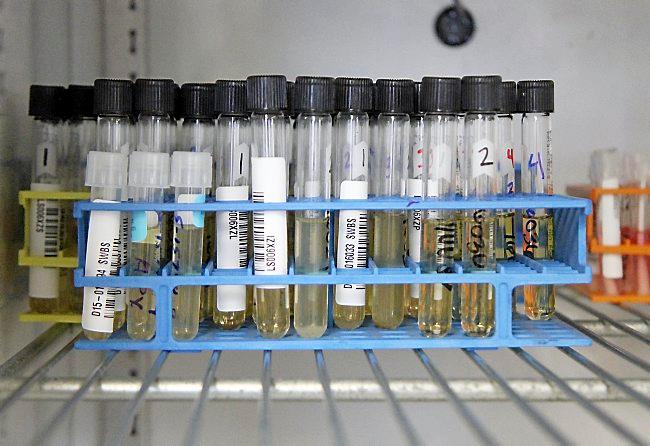
In a first, goat in west-central Minnesota tests positive for avian influenza virus
A juvenile goat residing on a Stevens County farm with a highly pathogenic avian influenza-positive poultry flock tested positive for the same virus.
This is the first U.S. detection of HPAI in a domestic ruminant (cattle, sheep, goats and their relatives), according to a news release from the Minnesota Board of Animal Health. All poultry on the west-central Minnesota property were already quarantined from the February avian influenza detection.
Following the confirmation of flu in the goat, the board quarantined all other species on the premises. The board is working with the U.S. Department of Agriculture to investigate the transmission of the virus in this case.
“This finding is significant because, while the spring migration is definitely a higher risk transmission period for poultry, it highlights the possibility of the virus infecting other animals on farms with multiple species,” State Veterinarian Brian Hoefs said in the news release. “Thankfully, research to-date has shown mammals appear to be dead-end hosts, which means they’re unlikely to spread HPAI further.”
Earlier this month, the owner notified the board of unusual deaths of newly kidded goats on the property where a backyard poultry flock was euthanized due to avian influenza in February. The goats and poultry had access to the same space, including a shared water source.
One of the goat carcasses was taken to the University of Minnesota Veterinary Diagnostic Laboratory, where it tested positive for influenza A. The National Veterinary Services Laboratories later confirmed H5N1 HPAI, the same virus circulating in the national outbreak that began in 2022. Samples from the adult goats were negative for HPAI, and all appear healthy. No more sick goat kids have been reported since March 11, according to the Board of Animal Health.
HPAI has been previously diagnosed in other mammalian species such as skunks, dogs and cats, according to the board. Animals with weakened or immature immune systems, like the goat kids in this case, are at higher risk of contracting disease.
There has been limited experimental data on HPAI infection in ruminants, and there are no prior reports of natural HPAI infection in goats. The USDA has tracked more than 200 detections of HPAI in mammals across the country since the start of the 2022 HPAI outbreak.
The Minnesota Department of Health provided recommendations for personal protective equipment and is monitoring the health of those in direct contact with the infected goats. Anyone who develops respiratory or gastrointestinal symptoms after exposure to the goats may be voluntarily tested for avian influenza and other respiratory pathogens.
The risk to the public is extremely low, and any risk of infection is limited to people in direct contact with infected animals. To date, no people in the United States have become ill following contact with mammals infected with avian virus.
Biosecurity is the first line of defense for anyone to protect their animals from disease and includes simple measures like cleaning equipment and housing regularly, separating livestock from wild animals and calling your veterinarian when animals appear sick.
To learn more important steps to protect animals from HPAI and other diseases, visit the Board of Animal Health’s biosecurity webpage at bah.state.mn.us/biosecurity.
Related Articles
Homelessness down 7% in Minnesota since 2018, study says
Minnesota court rules pharmacist discriminated against woman in denying emergency contraception
Walz seeks $16 million to support struggling EMS providers in greater Minnesota
MacKenzie Scott donates $18 million to 9 Twin Cities nonprofits
Redesigning the State Capitol Mall in 10 ‘Bold Moves’


